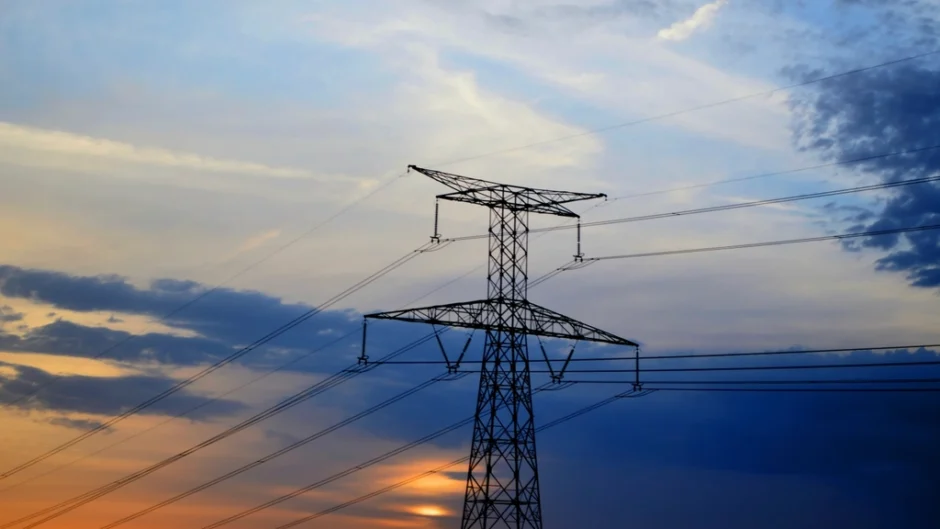We’re currently living through two trends that are quickly converging with force. First, the electrification of the energy system: a long-running focus of environmentalists, who know that there is no way to combat climate change without changing things that run on fossil fuels to work off the electric grid. Sure, the electric grid currently is pretty dirty, but it’s long been far cleaner than burning straight fossil fuels, and the electric grid has the capability to get cleaner. So, we have things like cars, stoves, hot water heaters, furnaces, etc., joining the electric grid in massive numbers. A lot of this is thanks to Biden’s economic bills, which for the first time really incentivized moving things like appliances to the electrical grid.
The second trend is not as positive, if positive at all: the massive amount of new electricity demand brought on by AI. Whether you think this is a positive thing or a negative thing, or somewhere in the middle, is up to you and not terribly germane to this conversation. What is relevant is that it exists, and it’s massive and growing.
So what we have now are a couple of stories out of a lot about how AI companies are trying to meet this need. In and around Memphis, for example, xAI is building gas turbines to produce the massive amount of electricity its server farms need. And, xAI being an Elon Musk Joint, it’s not exactly doing things properly. They basically ignored the whole idea of pollution controls, and as a result the NAACP is threatening to sue, because the data center/power plant is located near minority populations that already have a history of pollution being dumped on them:
Because of Memphis’ history of exceptionally poor air quality, any new source of pollutants requires permitting and emissions testing. The NAACP and SELC allege that, in its rush to power its supercomputer, xAI did not seek or conduct either of those prior to running methane gas turbines without proper controls.
“xAI’s decision to install and operate dozens of polluting gas turbines without any permits or public oversight is a clear violation of the Clean Air Act,” SELC Senior Attorney Patrick Anderson said in a press release. “Over the last year, these turbines have pumped out pollution that threatens the health of Memphis families. This notice paves the way for a lawsuit that can hold xAI accountable for its unlawful refusal to get permits for its gas turbines.”
And, in Louisiana, Meta is building an AI data center that will use so much electricity it is already stressing the market in the area. Meta plans on having their own power plant on-site, like above, but the need to build infrasturure to support it will cause ratepayers in area to pay more for their own electricity:
But Entergy Louisiana’s residential customers, who live in one of the poorest regions of the state, will see their utility bills increase to pay for Meta’s energy infrastructure, according to Entergy’s application. Entergy estimates that amount will be small and will only cover a transmission line, but advocates for energy affordability say the costs could balloon depending on whether Meta agrees to finish paying for its three gas plants 15 years from now. The short-term rate increases will be debated in a public hearing before state regulators that has not yet been scheduled.
The Alliance for Affordable Energy called it a “black hole of energy use,” and said “to give perspective on how much electricity the Meta project will use: Meta’s energy needs are roughly 2.3x the power needs of Orleans Parish … it’s like building the power impact of a large city overnight in the middle of nowhere.”
Moving on to how we are otherwise looking to sate our desire for more and more electricity in the coming decades, while hopefully trying to address climate change (lol this administration), it seems that nuclear energy is (again, and again) having something of a renaissance. Nuclear has had a rough time since the Fukushima disaster in Japan — not really related to Fukushima per se, but because of electricity markets pricing natural gas (and later renewables) so low nuclear was in many markets uncompetitive on price. Several plants closed as a result.
But now New York Governor Hochul has announced that the state intends to build a new nuclear power plant. Details are vague, but it is interesting since a plant in New York just recently shut down for good. But it is just one story among many highlighting the insatiable thirst the country has for more electricity—whether from household items, transportation infrastructure, or data centers.
Oh, and speaking of nuclear and date centers, Meta has made a deal to buy some electricity made with electrons in Illinois.
Adjacent to this, last week President Trump fired a commissioner on the Nuclear Regulatory Commission, Christopher Hanson. I can’t really say if that is legal or not (it really feels illegal), but it is odd since Hanson, as far as I have known, is one of the more respected commissioners on the commission, and was initially nominated for the position by [checks notes] somebody named President Trump. The American Nuclear Society, that left-wing bastion of socialism, had a terse statement:
“A competent, effective, and fully staffed U.S. Nuclear Regulatory Commission is essential to the rapid deployment of new reactors and advanced technologies. The arbitrary removal of commissioners without due cause creates regulatory uncertainty that threatens to delay America’s nuclear energy expansion.”
I have no idea what this portends about the NRC, or nuclear power, or administration energy policy, because it’s largely mysterious and makes no sense, like most things this administration does. For example, actions that may threaten the fossil fuel industry?



